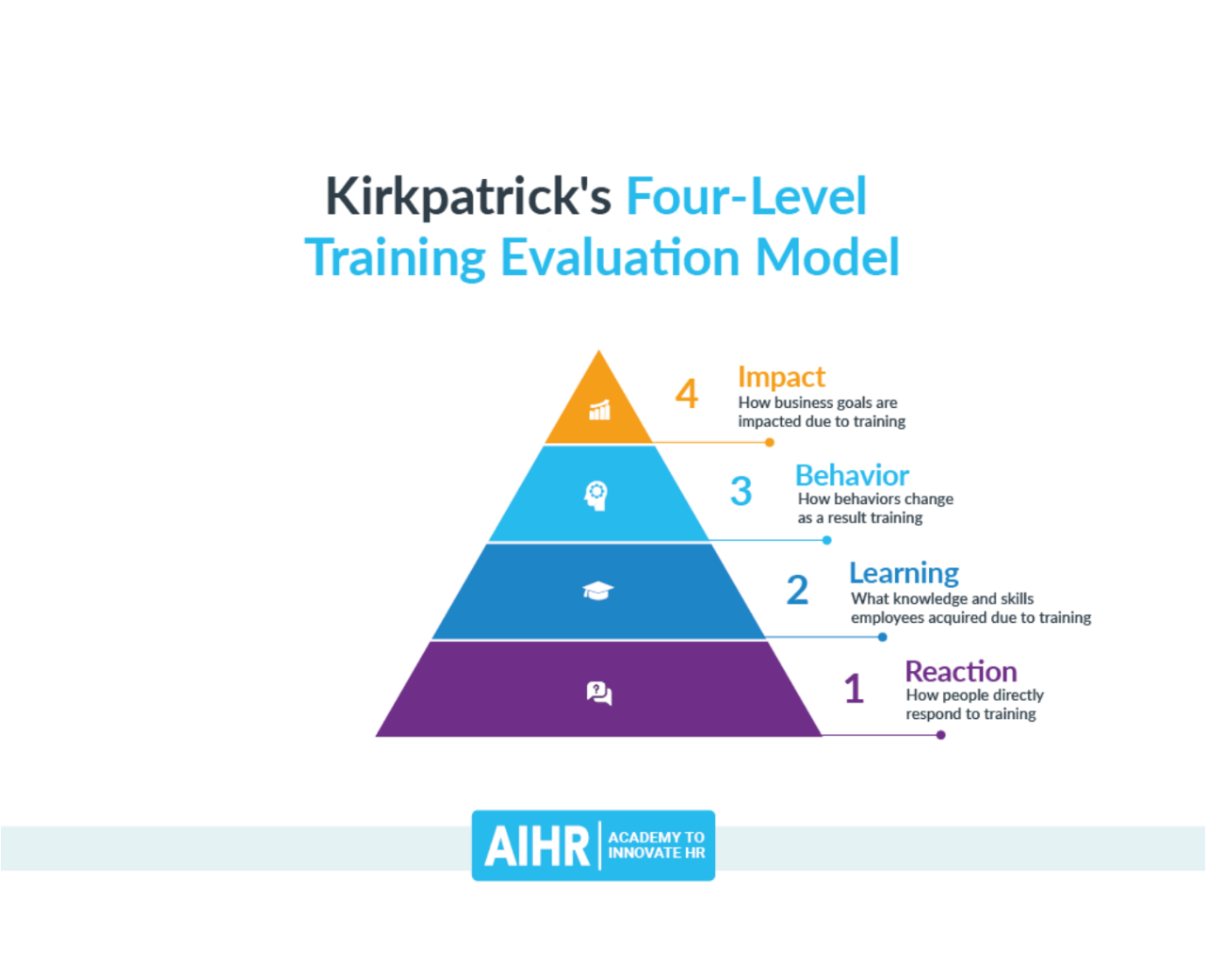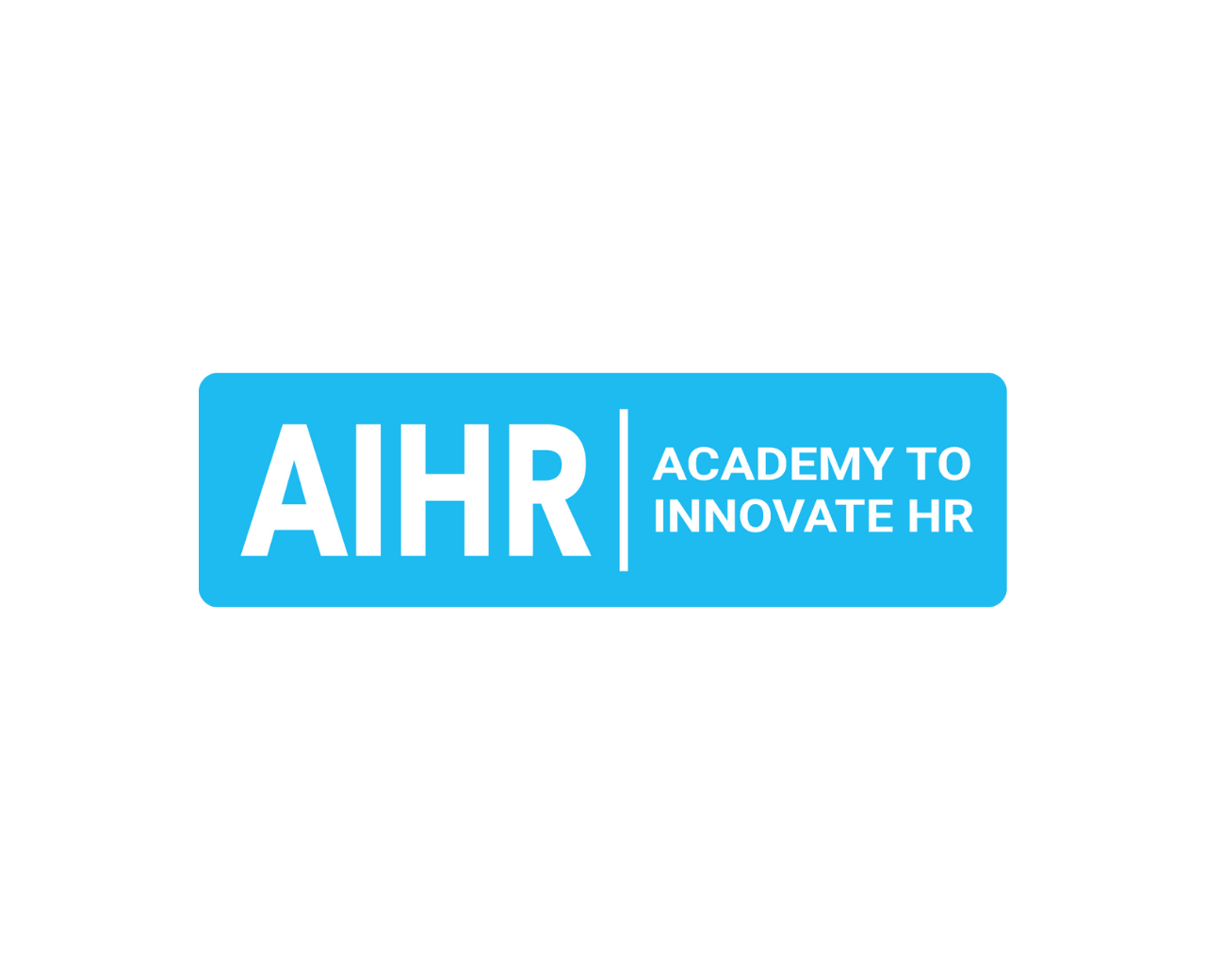The Five Stages of Organizational Development
The Five Stages of Organizational Development
일자
상시
유형
아티클태그
Organizational development is a complex process. You need to understand its various stages and what to do in each to successfully navigate it. So what stages of organizational development are there and what do you do in each of them? Let’s dive in!
Contents
What is organizational development?
What are the stages of organizational development?
Applying the organizational development stages
Want to delve in deeper?
OD incorporates both the “hard” and “soft” aspects within a business. For instance, the structured or hard side includes goals, systems, and strategy. The soft side relies on perceptions and refers to people, behavior, culture, etc.
Contents
What is organizational development?
What are the stages of organizational development?
Applying the organizational development stages
Want to delve in deeper?
What is organizational development?
Organizational development (OD) is a process for making changes within an organization’s systems to help it perform more effectively. This science-based methodology focuses on assessing and altering current operations to solve problems and align organizations’ strategies and goals with their ever-changing, complex environments.OD incorporates both the “hard” and “soft” aspects within a business. For instance, the structured or hard side includes goals, systems, and strategy. The soft side relies on perceptions and refers to people, behavior, culture, etc.
What are the stages of organizational development?
There are five stages of organizational development, and you need to apply all of them to attain maximum benefit. Let’s take a closer look at each phase.1. Entering and contracting
The initial stage of OD occurs when an organization recognizes an issue that needs improvement. Examples of such issues include:- A pattern of similar customer complaints.
- External factors that impact the organization.
- Increasing employee turnover or absenteeism.
- Losing competitive edge from declining innovation.
- Reduced revenue or profits.

2. Diagnosing
During this phase of the process, you will gather and organize the pertinent data to analyze the underlying situation and determine what steps you should take. You must first understand the current climate of the organization and how the system is working before you can have a clear basis to design the interventions that can solve the problem. This investigation involves collaboration with stakeholders.Once your diagnosis is established, you will need to communicate it to your client/stakeholders. You don’t want to overwhelm your audience with too much information to wade through. Summarize the feedback to reduce the time you need to hold their attention. Be sure to include the insights that will motivate them to endorse the change that needs to happen.
3. Intervening and taking action
Now that you have investigated the situation and communicated your findings to your client, it’s time to move into the strategic planning stage. You will transform the diagnosis into an action plan with detailed steps and intervention measures for implementing the change that needs to take place.Interventions are planned actions or events that intentionally disrupt the usual way of doing things to promote positive change. A variety of these techniques are available, depending on the needs of the organization.
Examples of OD interventions include organizational (structural) design, performance management, wellness interventions, transorganizational change. You can find more examples here.
As you design the interventions, keep in mind questions such as these:
- What are the areas for targeting changes?
- Should we focus on processes, tasks, or relationships?
- What method will be the most effective for delivering the intervention?
- Are there tools or techniques that could be helpful?
The Reddy’s Cube method classifies interventions in three dimensions:
- The focus of the intervention (individual, interpersonal, group).
- The level of intensity (low, medium, high).
- The type of intervention (cognitive, skill and activity, behavior, emotional/reflective, interpretive).
- Cognitive – An increasing knowledge brings better understanding.
- Skill and activity – Growing in the ability to do something.
- Behavior – Making changes to current conduct.
- Emotional/reflective – Bringing forward underlying emotions and using them for reflection.
- Interpretive – Replacing the usual way of doing or thinking about things with a paradigm shift.
4. Evaluating and feedback
Your OD process will need careful monitoring. When the plan has been put in motion, it’s time to move into the next phase of evaluation and feedback. At this time, you will analyze whether the interventions have delivered the desired outcomes. Did the required change take place? Evaluate which actions or interventions need adjustments or should continue.Convene with your client to determine the metrics and measurement methods to use and schedule some reviews that will take place on a regular basis. You will use these meetings to ensure that you and the client are aligned on the data. See if either of you is missing anything or if there is any discrepancy in the interpretation of the data.
Kirkpatrick’s Four Levels of Evaluation is a model used in Learning & Development that is also helpful for appraising OD interventions. Each of the four levels represents a measure for effectiveness:
Reaction – The people within the system share how they receive the intervention or activity. Experience surveys are one way to gather employee’s perceptions.
Learning – What have employees learned? Do they have new awareness, insights, experiences, or skills because of the intervention?
Behavior – This level indicates how well the intervention was applied by any changes made in thinking, being, and doing. You can use self-assessments or 360-degree feedback to gauge this.
Results – These are the final outcomes of the interventions. What impact have they had on either the organization’s bottom line or on employees, shareholders, or customers?

5. Termination/exit
The change that has taken place is now incorporated into normal operations, and you have reached the culmination of the OD process. Finish up with a plan for efficiency standards that ensure the transformation is sustainable. A method for ongoing monitoring will help ensure that the implemented changes remain intact.You’ll need to handle the exit properly to maintain employee trust, productivity, and engagement. Show your support for people in the organization by creating an environment that makes them feel safe:
- Allow people to express their feelings about the change and feel safe doing so by practicing empathetic listening.
- Acknowledge that grief and frustration are understandable reactions to change.
- Cultivate confidential settings that allow people to express themselves without suffering repercussions.
Applying the organizational development stages
Here is an example of putting OD into practice with a fictional online sporting goods company:ABC Sports has grown by 35% in the last five years. Its leadership prefers to promote from within but is struggling to find qualified employees to fill entry-level management positions in several departments at their headquarters. Since the company does not have a separate OD department, leadership is relying on HR to solve the problem.
Stage 1 – Entering and contracting
Emily, an HR rep, meets with two executives to discuss the overall situation and gain a clear understanding of what the expectations are for filling management positions. Together, they brainstorm interventions that may be useful.Stage 2 – Diagnosing
Emily takes steps to assess the talent pipeline and collect data. She conducts focus groups with employees from various departments and poses questions such as:- Do you see opportunities for growth and advancement within the company?
- Are you offered ample opportunities for training and skill-building?
- What is your perception of how the company promotes from within? What changes would you make to this process?
Stage 3 – Intervening and taking action
As Emily devises an action plan, she includes the specific interventions necessary for the company to invest in employees’ growth and development and prepare people for management roles.The interventions include learning opportunities for all interested employees:
- Seminars on specific skills
- On-the-job upskilling experiences
- Database of online learning resources
- Workshops for developing management aptitudes
Stage 4 – Evaluating and feedback
Data and feedback have been collected throughout the OD process implementation. Emily assesses it to ascertain whether the interventions are on track:- Was the problem solved?
- Did other problems surface?
- Were the learning opportunities communicated well?
- Did leadership support and promote the training?
- Did employees embrace the training?
- Is there a visible difference between employees’ pre and post-training knowledge and behaviors?
Stage 5 – Termination/exit
With an effective training program in place, Emily is ready to complete the final phase of the OD process. She conducts several employee focus groups to provide volunteers with a setting to express their feelings and provide feedback about the training program.ABC Sports formally adopts the plan for training opportunities that invest in employees’ learning and development. This concludes Emily’s OD role.
Final thoughts
Successful organizations practice continuous evolution, and organizational development is essential for transitioning into better productivity. Executing this practice is an intricate and lengthy task, but understanding the various stages of organizational development helps make the OD process more effective and efficient. It also enables you to uncover your own OD skills gap and pinpoint what to focus your skills development efforts on.________________________________________________________________________________________________________________________

Academy to Innovate HR | SKILLS FOR YOUR HR FUTURE
At the Academy to Innovate HR, it is their mission to make HR future-proof by offering world-class, online education programs available anytime, anywhere. They help organizations and individuals upskill with the modern and relevant HR skills needed to stay at the forefront of innovation and take on a more strategic role.
Click HERE to claim your 20% discount coupon!
At the Academy to Innovate HR, it is their mission to make HR future-proof by offering world-class, online education programs available anytime, anywhere. They help organizations and individuals upskill with the modern and relevant HR skills needed to stay at the forefront of innovation and take on a more strategic role.
Click HERE to claim your 20% discount coupon!